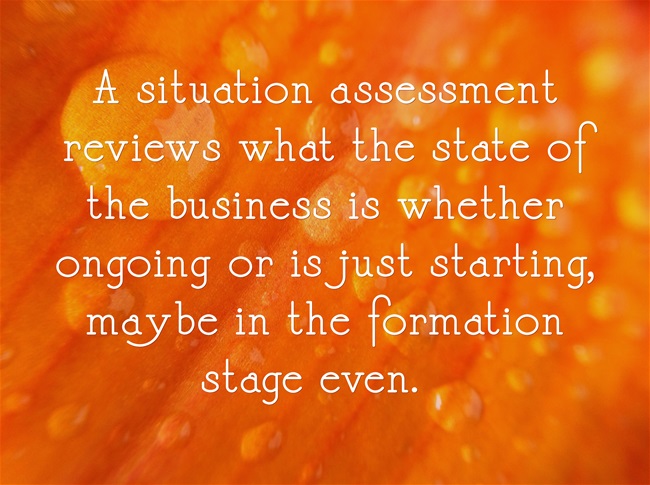Strategic planning sounds like a difficult task though it mainly is common sense. Though as a serious business owner putting structure to common sense is also common sense. This blog will review the fundamental tenants of a strong approach to strategic planning. The purpose of strategic planning is to identify the key activities that need to be executed for the business plan to come true. Strategic planning is an infrequent event and is many times enhanced by engaging an outside trusted adviser to drive the strategic planning process.
Strategic Planning Process
The main components of a Strategic Planning Process are:
- Situation Assessment
- SWOT Analysis
- Strategy Sessions
- Vision Definition
- Strategy Formulation
- Simulation of business model
- Business Plan formulation
- Business Plan Execution
When starting a strategic planning process for an SMB/SME, it is always good, to begin with, a situation assessment.

This assessment should review the following (and sometimes more):
- Resource availability and capability of
- Human Resources
- Capital Funding
- Operational Resources
- Marketing Resources
- Legal Resources
- Regulatory Competence
- Financial/Accounting Expertise
- Quality assurance
- Market Trends and Historic Data for such
- Available market and key clients for reference building
- Competitive moves and Segment Approach Issues
- Product/Service positioning
- Consumer/User Surveys
A Strengths-Weaknesses-Opportunities-Threats (SWOT) Matrix using the above information is also a useful tool in strategic planning. There are many other tools to use such as mind mapping, brainstorming and bench-marking. A simulation of the business model and the strategic planning output is another tool that can show weaknesses or opportunities in the plan.
With this information and the results of the strategic planning process sessions, one can formulate the following:
- Company Vision
- Overall Business Strategy
- Definition of what makes the company competitive
- Key partners and alliances to engage and grow
- Business Goals
- Tactics to execute towards the goals
- Mitigation of weaknesses
- Ways to measure success
- Contingency Plans for potential hurdles
- How to scale the business for financial and market success
A company vision is a statement that can be shared with the public; it is different than a strategy formulation in that it does not give away how the company is going to execute. An example here is that a precast production company can define its vision to be the best in its state to provide on-time delivery of design to site products. The strategy as to how that is performed is not shared with the public. An example of tactic for the precast company could be to apply a modified Agile project management process for the design to site optimization.
One additional topic in strategic planning is to keep vital information safe and not shared with entities that may have different agendas than the company. For this, it is essential to keep the strategic planning process secret, and that information that is shared with outsiders is protected by Non-Disclosure Agreements (NDA). A strategic plan should be reviewed at least once a year.
At Cogent Analytics, we never stop looking for ways to improve your business and neither should you. So, check out some of our other posts for helpful business information:



